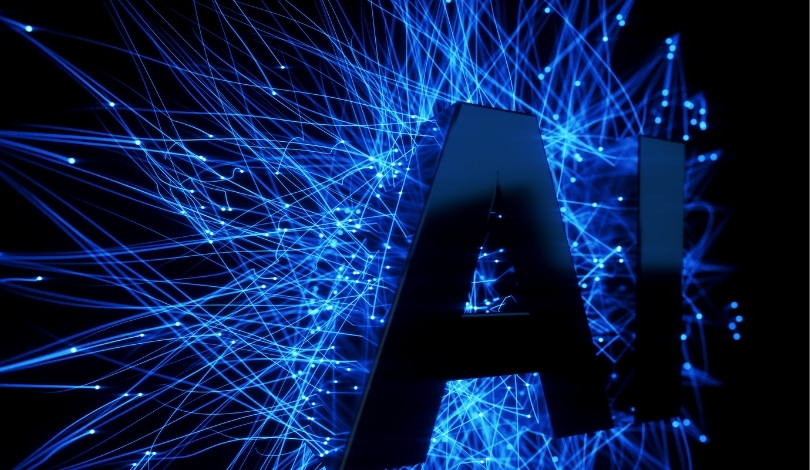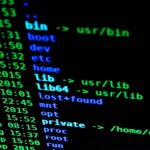On the heels of growing interest in space-based automation, Icarus Robotics has announced a successful $6.1 million seed funding round, drawing support from investors including Soma Capital, Xtal, Nebular, and Massive Tech Ventures. While most robotics startups address labor shortages on Earth, Icarus focuses on bringing robotic support to the International Space Station (ISS)—an environment where human labor remains scarce and costly. Icarus aims to reduce the burden on astronauts by automating routine logistics and maintenance tasks, freeing up crew members for more scientifically valuable work and potentially reshaping expectations for future space missions.
Earlier reports on Icarus Robotics mostly highlighted their ambitions and initial collaborations, but specifics regarding financial backing and a clearer product roadmap were lacking until now. Information in previous updates centered around technical challenges and the broader vision for AI in space, rather than concrete deployment timelines or partnerships, particularly with Voyager Technologies Inc. This update indicates a maturation of the company’s plans and a stronger financial foundation compared to initial statements, reflecting a shift from theoretical feasibility to practical implementation.
How Does the Icarus Robot Support ISS Operations?
Icarus plans to introduce a free-flying, dexterous robot, designed with two robotic arms and sensor systems, which will handle logistics tasks such as cargo management and equipment retrieval aboard the ISS. The robot will initially operate under semi-autonomous teleoperation, gradually progressing to full autonomy as more operational data is collected. CEO Ethan Barajas explains,
“Half of the Earth’s GDP comes from labor. If we take the Earth as a model, labor is going to be so important as we move from low Earth orbit to the moon and Mars, and that labor has to be robotic.”
These logistics challenges mirror issues on Earth but are heightened in the microgravity environment, where astronauts can spend significant time simply searching for equipment needed for experiments.
What Are the Technical Barriers for Robotics in Space?
Developing AI systems for zero-gravity environments presents unique difficulties, primarily due to the scarcity of relevant training data. Chief Technology Officer Jamie Palmer notes that much existing robotics data is not transferable to the space context, and real-world collection will only become feasible once robotic units are physically present on the ISS. Palmer says,
“In order to [gather this data], one of the things that we have to do to really start collecting distribution data is to get to space first. It’s probably the biggest barrier to entry for any robotics company.”
Until then, Icarus uses simulation tools capable of mimicking zero-gravity physics to prepare its AI models, although the team acknowledges the persistent challenge of closing the gap between simulated and real-world conditions.
When Will Icarus Launch Its Robots into Space?
Icarus has set its sights on an initial deployment in early 2027, partnering with Voyager Technologies Inc., which provides a commercial airlock on the ISS to facilitate robot introduction. Before the launch, the company will conduct zero-gravity test flights and thorough ground-based evaluations. The founders emphasize the practical value of their work: reducing operational costs and increasing astronaut productivity by automating repetitive tasks, particularly those that are universally disliked yet essential for station maintenance.
By targeting logistics tasks that are often seen as drudgery, Icarus Robotics aims to allow astronauts to prioritize scientific and exploratory work. The company’s robots are envisioned as workforce multipliers rather than replacements, with the expectation that many manual processes essential for station upkeep can be streamlined. Previous attempts at automating space tasks have struggled due to complex environmental constraints and high costs, but advancements in AI and robotics, combined with commercial partnerships and expanded financial support, are now making such initiatives more feasible. For readers interested in robotics, this case highlights the practicalities and incremental steps involved in moving terrestrial automation capabilities off-world. Weighing the technical difficulties, the cost of human labor in space, and the potential to build datasets for future robotic intelligence, the Icarus approach suggests a pragmatic route for new space industry ventures looking to balance risk, value, and technological scalability.










